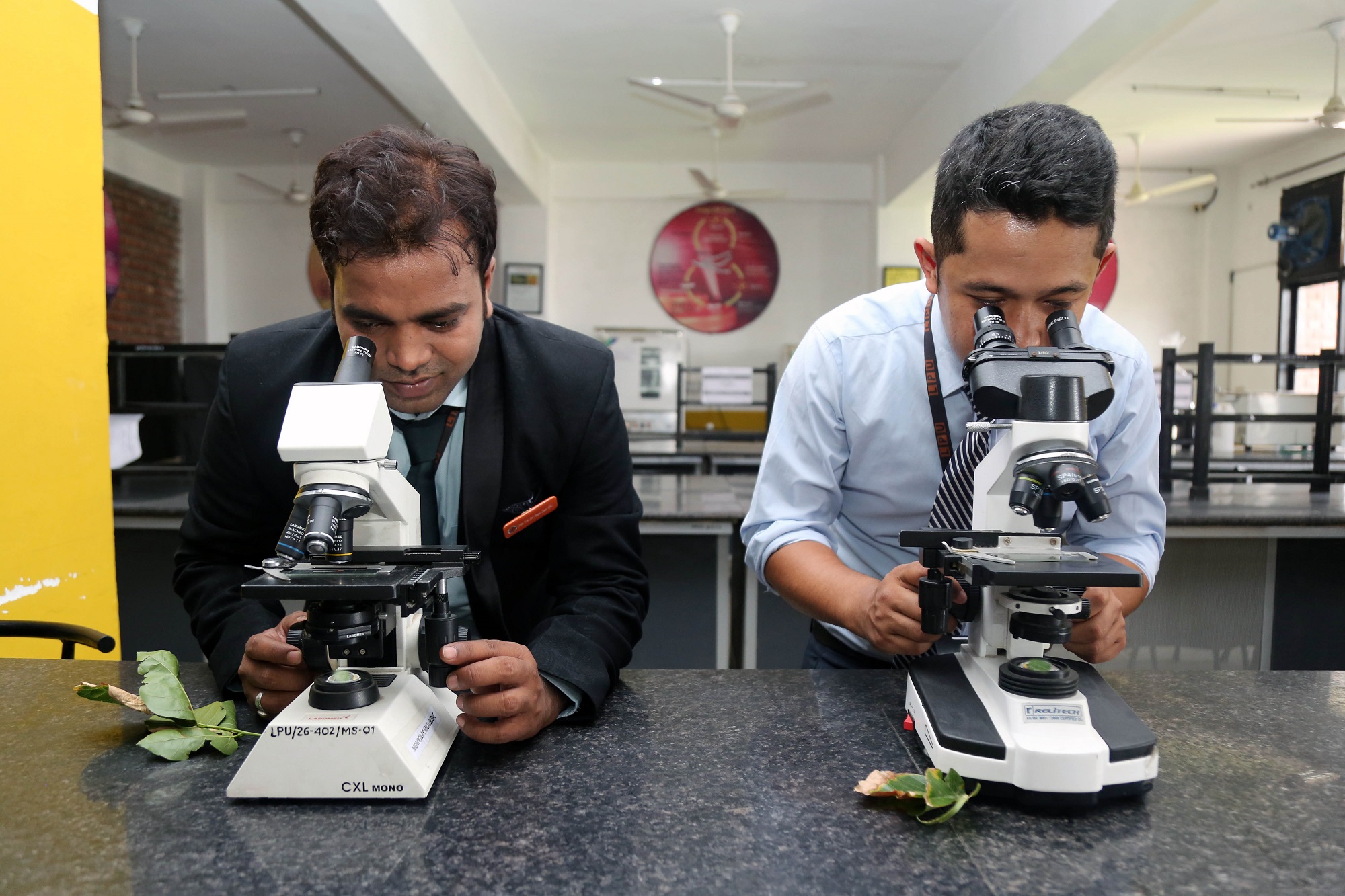· An article, in this regard, is published in ‘New Disease Reports’ – June 2023
· In July 2022, a severe outbreak of leaf spot disease was observed in many trees
Three of the research-scientists at the School of Agriculture of Lovely Professional University (LPU), from the Department of Plant Pathology, have lately identified a new plant fungal-disease. In medical terminology it is called “pestalotiopsis macadamiae” affecting badly ‘Karanja plant’.
With the botanical name “pongamia pinnata”, this Indian beech tree-Karanja is important for its diverse medicinal, insecticidal and nematicidal properties. In July 2022, a severe outbreak of leaf spot disease was observed in many trees planted in one of the villages adopted by LPU- ‘Hardasspur’, situated in very proximity to the university. LPU’s agro- scientists identified the root-cause of the damage to save the variedly useful plant. An article, in this regard, is published in ‘New Disease Reports’ – June 2023.
Plant-disease identifying scientists of LPU are Assistant Professors Deewakar Baral, Sukram Thapa, and A.K. Koshariya. The report was received by evaluating agencies in December 2022; and, accepted on 23rd May 2023.
LPU Chancellor Dr Ashok Kumar Mittal congratulated the scientists at the University for making a valuable finding for the ultimate benefit of the common people in varied ways. Dr Mittal emphasized that such findings are the real outcomes of unflinching efforts and zeal of the faculty, staff and students at LPU. This all is regularly leading LPU on global heights.
India’s first ICAR accredited private university by the Ministry of Agriculture, Government of India; LPU is one of the top agriculture sciences’ institutes in India. Providing Ultimate learning experience with commitment to innovation, it provides students with experiential learning activities; exposure to commercial farms; innovative pedagogy- curriculum and more.
‘Pongamia pinnata’ is a fast-growing, medium-sized, evergreen shrub or tree. A multipurpose tree, it is particularly valued for its oil and also supplies dyestuff, wood, fuel, insect repellent, medicines and various other commodities. This species is one of the few nitrogen-fixing trees to produce seeds containing oil.
Medically mentioning, extracts from this plant are used in the treatment of indigestion, sluggish liver, whooping cough, sores, rheumatism, diabetes and more. As for its “agroforestry” uses, it controls soil erosion and binding sand dunes. Moreover, its leafy twigs are used as green manure for rice paddies, sugarcane fields and coffee plantations.




